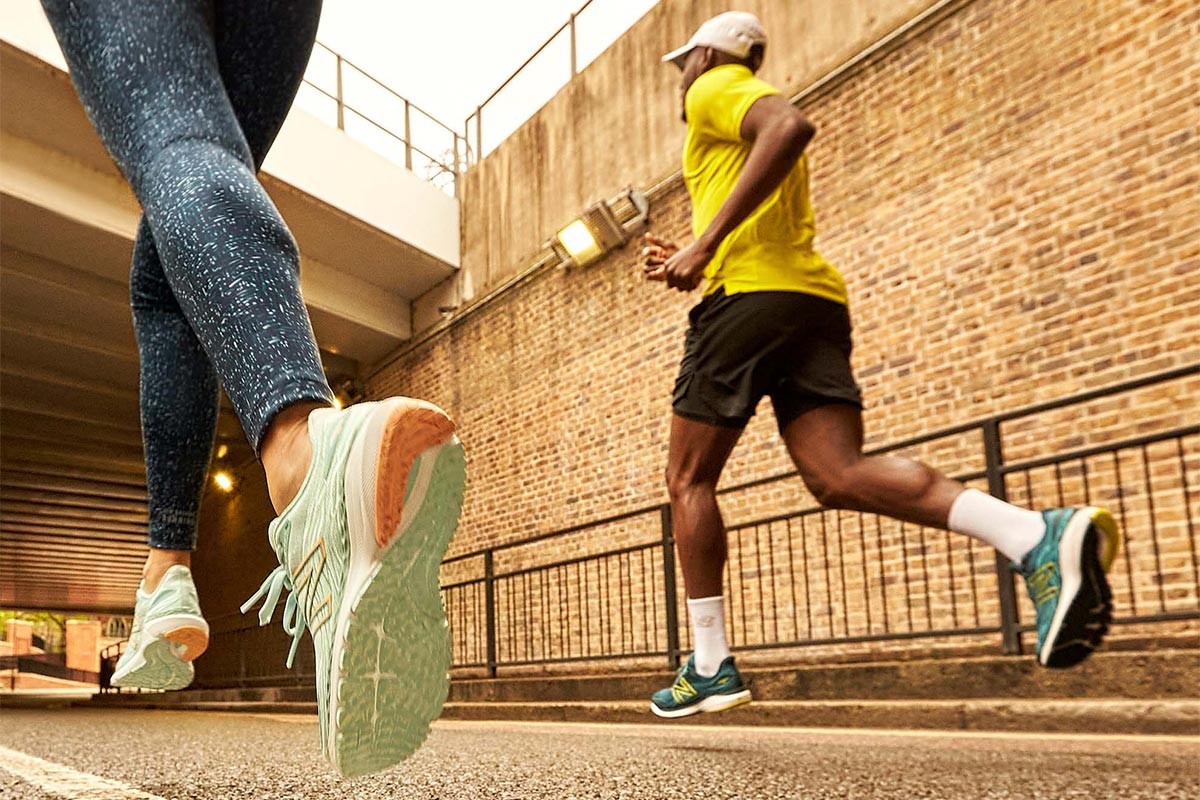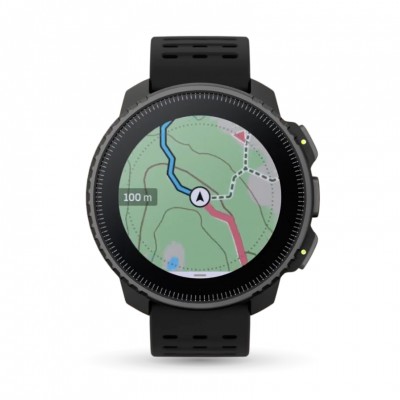There is a false belief, especially among runners who are just starting to run, that going out to train means always running at the highest possible intensity. That is to say, always go out at the top of your game. If you haven't finished a workout exhausted, you haven't trained. We have already told you that this is a common mistake and very harmful in the short and medium term. To explain why you should include sessions in which you run at slow paces, we have prepared a video in which the sports director of RUNNEA, Iker Muñoz, doctor of physical activity and sports science, explains the benefits of slow running.
Why does slow running make us faster?
In running, as in other areas of life, it's all about trying to find and achieve a balance that allows you to progress and improve over time. In the case of slow-paced training, you are helping to increase your endurance and aerobic capacity, helping your muscles recover from the efforts of previous sessions, keeping you fit and reducing the risk of injury.

Motivation
Whether you are new to running or returning after a long period of inactivity, the best thing to do is to forget about the stopwatch and focus on finishing your set distance ahead of time. This way, you'll meet your goal and feel good about yourself, regardless of how slow you run. It's all about finding the motivation to do this type of training, which, believe it or not, is essential to be able to run faster.
Running longer and longer runs, increasing your pace a little bit and still feeling comfortable, seeing that the kilometers are falling faster and faster... In short, the accumulation of this type of slow and prolonged runs gives you the strength and endurance necessary for later training sessions and demanding races.
Rest and recovery
When designing a training plan, whatever the sport, you need to plan for rest and recovery periods. However, in running this is sometimes difficult to comply with, since it is a sport that the more you practice it, the more you get hooked on it.
Nevertheless, you should try to respect them. Your body needs to gradually adapt to more demanding workouts and requires recovery time, which can be achieved through slow running as a kind of active rest.
Aerobic training
On the other hand, another factor to take into account is the distance for which you are training, because depending on the distance you will need a more aerobic or anaerobic type of training. When you run at slow paces and do not need energy imminently, your body uses mainly the aerobic system to produce the necessary fuel by mixing carbohydrates, proteins, lipids and oxygen.
On the contrary, when you run at high paces, approaching your maximum heart rate and you need energy quickly, is when the other system called anaerobic comes into action and whose duration is much shorter.
Every time you go out for a run, remember that it is not always beneficial to push yourself in every session. If you do this, you will probably end up injuring yourself sooner rather than later, your workouts will be less effective and your progress will be slower. Try to relax from time to time, alternating slow runs, enjoying the environment around you so that your body can rest and recover satisfactorily.
Read more news about: Running Training


























